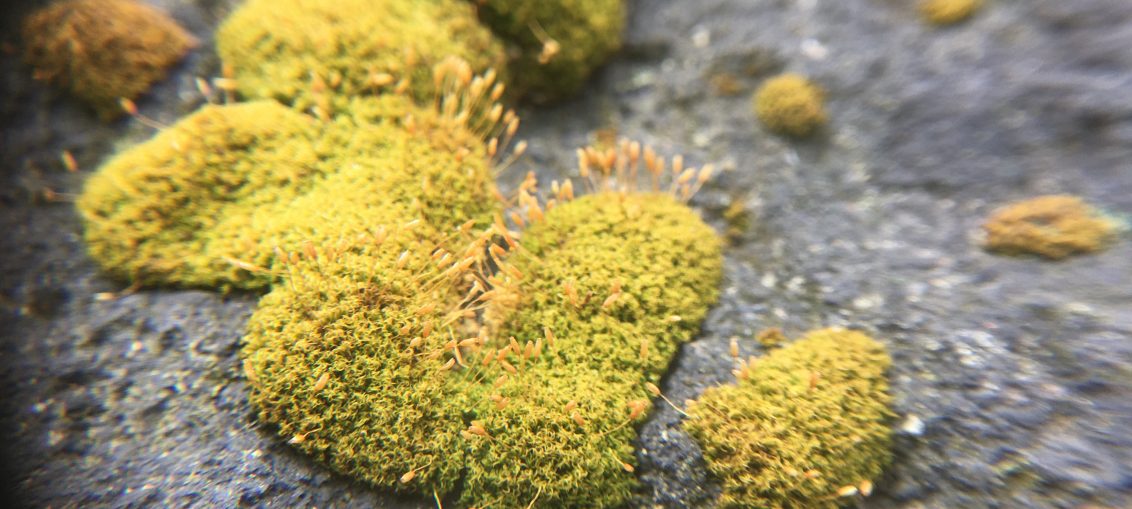
Reflections on Contouring the Boundary
I took part in ‘Contouring the Boundary’ a walk with Alison Lloyd [part of ‘Guide Lines’ [https://guideline.org.uk] and Glassball as part of their Guideline project. Alison described the walk as a ‘micro navigation. We slowly walked part of the Peak District National Park boundary. During the walk, we were introduced to the idea of navigating using contours and a compass. It was good to be out with others since I have become so accustomed to working at a distance from others in recent times.
In particular, I enjoyed the slowness of the walk; I have difficulty slowing down since I am used to cycling, moving faster through the natural environment. The Silent walking was particularly strange as part of a group. Walking up a steep hillside, I was made aware of the sound of participants breathing and the grit sone sand and rocks underfoot[1]. It was also interesting to experience [or participate in] Alison’s practice. She walks and documents herself and others within the landscape. Alsion’s work embraces chance elements and often shows part of her bag or the camera release cable[2]. We were given cameras with which we could try out some black and white 35mm photography experiments [See the results here…].
Though I move in and out of the Peak District National Park regularly. I have never really thought about its history, how or why these boundaries came into being. It’s easy to take for granted having these fantastic places to walk on our doorstep here in Manchester. The experience made me think about my own psychological boundaries. My project with Gallery Oldham takes place through walking and cycling, avoiding using a car or public transport. The space in which I work is defined by my fear of heavy traffic, my physical fitness, and how far that allows me to travel in a given time frame. I am constrained by cycle-safe routes, canal paths and footpaths, which avoid traffic. Oldham was somewhere I rarely visited since the ride to get there is via a series of unpleasant main roads or a long and slow trip via public transport. These factors have set up a psychological barrier. Through my explorations, I have now discovered an almost entirely traffic-free route to get there. The psychological barrier is dissolving; what was once remote and is accessible is slowly being subsumed into my ‘local’ accessible space.
As part of my Bryophytes project [Moss bothering], I have been planning walks based on my fieldwork. Thinking about ways to share and document these, I have been recording memory maps, making verbal directions, and creating maps from GPS data. Learning about and experiencing Alison’s work made me think about my own relationship with maps. I usually use my phone for navigation, but I have more recently started to take my OS map instead. I seem to have forgotten about it. My map is 15 years old, and even over that time, many of the trails have been blocked or moved [or removed] to accommodate shifting boundaries and new buildings and roads. One site I visited [where mosses had previously been collected] had been transformed into a golf course, where mosses are no longer welcome.
This experience has made me reflect on my experiments in ‘meandering’, a form of walking research[3]
[which also serves as a metaphor for my own practice more generally]. Meandering employs a series of ‘focussed distractions’ through perception changing devices and experiments [see an example here]. Working with photography and silent walking would constitute a perception changing experiment.
Find out more about the ‘Guide Lines’ project or take part here: https://guideline.org.uk/ and Glass Ball studios https://www.glassball.uk/
[1] This reminded me of the 3 Peaks Cyclo-Cross race, moving at pace, carrying a bike up steep hills as a competing group, too exhausted to talk. Struggling to find a grip, against a backdrop of the incredible landscape, the sounds of breathing and hard plastic and metal cycling shoes grinding rocks.
[2] Perhaps a take on the romantic notion of the ‘Rückenfigur,’ which shows the back of the figure gazing into, and perfectly framed by the landscape [see Autoscope]. I still couldn’t help having my attention drawn to the stone walls and the fine mosses that had established themselves on these ancient and carefully placed gritstone rocks.
[3] Since i am relatively new to this idea of walking as research, I since discovered the concept of ‘meandering’ aligns closely with ‘Strollology’ or ‘Promenadology’ devised by Lucius Burckhardt; “a method in the field of aesthetics … to become aware of the conditions of perception of the environment and enhancement of environmental perception itself.” https://www.degruyter.com/document/doi/10.1515/9783035604139/html